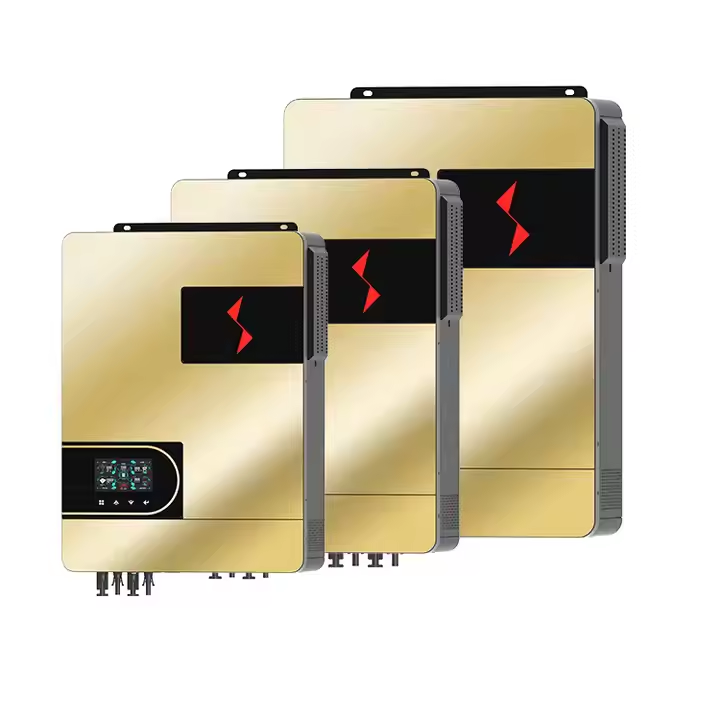In regions prone to long winter nights or frequent overcast skies, conventional dusk-to-dawn solar street lights can leave gaps in coverage when batteries run low before sunrise. Lunar mode—a dimmed “moonlight” phase—extends autonomy by shifting from full brightness to a low-power output during the late-night hours. This feature lets systems maintain basic illumination all night without requiring larger batteries or generator backups, making true 24/7 solar lighting practical for campuses, remote roads, and smart cities.
I. The Need for Lunar Mode
Solar street lights rely on daytime charging and nighttime discharge. In harsh winters or cloudy climates, a full-bright operation through the entire night can deplete batteries too soon, leaving streets in darkness before dawn. Lunar mode solves this by automatically dimming lights to a fraction of full output—often 10–30%—after peak twilight hours, preserving stored energy for the remainder of the night
II. How Lunar Mode Works
A. Multi-Stage Dimming Schedules
Controllers pre-program a dimming curve—e.g.,
Sunset–Midnight: 100% brightness
Midnight–04:00: 30% brightness
04:00–Dawn: 10% brightness
This staged approach balances visibility with conservation
B. Time-Based vs. Sensor-Based Activation
Real-Time Clocks: Track actual time for consistent lunar-phase dimming regardless of battery state .
Battery-State Triggers: Some systems shift to lunar mode when battery voltage drops below a threshold, ensuring survival even in deep-discharge scenarios
C. Photocell & Motion-Sensor Fallback
Lunar-mode controllers often include light-sensor bypass or motion-activated overrides, boosting brightness when pedestrian or vehicular presence is detected
III. Benefits of 24/7 Lunar-Mode Lighting
A. Enhanced Safety & Security
Continuous, if dimmed, illumination deters crime and improves wayfinding, especially in rural and industrial areas where grid power is absent
B. Reduced O&M & Capital Costs
By shrinking night-drain, systems need 20–40% smaller battery banks, cutting both upfront and replacement costs. Fewer generator runs or manual interventions lower operating expenses 亚马逊.
C. Environmental Impact
Lower energy withdrawals from batteries extend their lifespan, reducing waste and the embedded carbon footprint of replacements
IV. Choosing the Right Lunar-Mode Controller
A. Programmable Dimming Channels
Ensure support for at least three time slots and a low-power “moon” stage. Look for flexibility to adjust schedules seasonallyr.
B. Real-Time Clock & Precision Timing
Controllers with onboard RTC modules maintain accurate lunar phase schedules without drifting, even after power interruptions .
C. Battery Chemistry & Temperature Compensation
Lunar mode works best when paired with lithium-iron phosphate or GEL batteries that handle deep cycles. Confirm temperature-compensated voltage profiles for consistent output
D. Integration with Hybrid Inverters
For grid-hybrid installations, ensure your controller communicates dimming schedules to the inverter, preventing power-source conflicts during lunar mode
V. Installation & Commissioning
Site Survey: Evaluate winter irradiance and battery recharge potential.
Mounting Location: Place controllers near battery banks in ventilated, weather-protected enclosures.
Programming: Define dimming stages, verify real-time schedules, and test motion-sensor overrides.
Validation: Simulate extended overcast conditions by covering panels; confirm lunar-mode transitions and morning recovery.
VI. Monitoring & Optimization
Remote Telemetry: Use cellular or LoRaWAN links to track dimming schedules, battery SOC, and failure events in real time .
Seasonal Adjustments: Tune dimming windows to accommodate shorter winter nights or longer summer nights.
Firmware Updates: Opt for controllers supporting OTA updates to refine lunar algorithms and security patches .
VII. Real-World Examples
Desert Campus Pathways: Installations in Arizona saw battery bank downsized by 35% while maintaining 24/7 lighting through monsoon seasons.
Rural Village Roads: A West African project achieved 99% uptime by combining lunar mode and motion-sensing overrides.
Smart Campus Trial: A European university networked 50 poles, dynamically adjusting lunar-mode schedules based on event calendars and occupancy data.
VIII. Future Directions
AI-Driven Lunar Adaptation: Machine-learning models predicting overcast events to preemptively alter dimming curves.
Solar-Moon Synchronization: APIs pulling real-lunar phase data for true “moonlight” simulation.
Integrated Solar Lighting Outdoor Fixtures: All-in-one units with onboard lunar controllers and remote-configurable modes.
IX. Conclusion
Solar controllers with lunar mode bridge the gap between dusk-to-dawn ambition and real-world limitations, delivering reliable, efficient street lighting without oversizing your battery bank. By selecting controllers with precise timing, programmable dimming, temperature compensation, and smart integration, municipalities and enterprises can achieve true 24/7 illumination—from dusk till dawn—with minimal environmental and financial cost.




